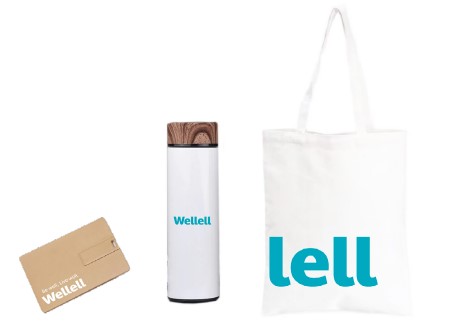



Environmental Resource Management
Product Manufacturing
Although Wellell does not operate in an industry with a high energy consumption and its production model is primarily based on assembly, the Company strictly adheres to environmental regulations and meets all requirements. None of our manufacturing processes generate substances that pollute the environment. In addition, Wellell requires its raw material suppliers to comply with the Restriction of Hazardous Substances (RoHS) Directive, which restricts the use of certain hazardous substances in electronic products. Currently, Wellell is gradually moving toward using recyclable or biodegradable green products. The Company places great emphasis on material sourcing, strength, durability, and biocompatibility to ensure that its products are not only more comfortable and safer to use, but also more environmentally friendly.
Digital learning reduces resource consumption
To reduce the environmental impact of physical business travel, Wellell actively introduces digital product courses. By introducing online courses and digital teaching materials across subsidiaries in the world, we not only effectively reduce carbon emissions from international business travel and transportation but also significantly reduce resource consumption associated with printing physical teaching materials. In 2024, by using electronic teaching materials, over 3,000 sheets of A4 paper were saved, equivalent to reducing approximately 22.8 kg of carbon dioxide emissions, while enhancing the efficiency and flexibility of education and training.
Furthermore, online learning enables remote participation for colleagues worldwide, promotes knowledge sharing and real-time communication within the company, enhances learning outcomes, and drives the company toward a low-carbon, high-efficiency green office culture, demonstrating Wellell’s dual commitments to sustainability and digital transformation.
Note: Based on Taiwan’s Product Carbon Footprint Information Network of the Environmental Protection Administration of the Executive Yuan, the carbon footprint for a ream of 500 sheets of A4 paper is calculated at 3.8 kg Co2e.
Fully use gifts made from environment-friendly materials
Wellell is committed to sustainable development and environmental protection. In 2024, all gifts were made from environment-friendly materials or reusable products, and by selecting low-carbon products, the overall carbon emissions were effectively reduced. For example, USB drives, notebooks, and thermal cups made from environment-friendly recycled materials achieved a total carbon reduction of 5.45 metric tons.

